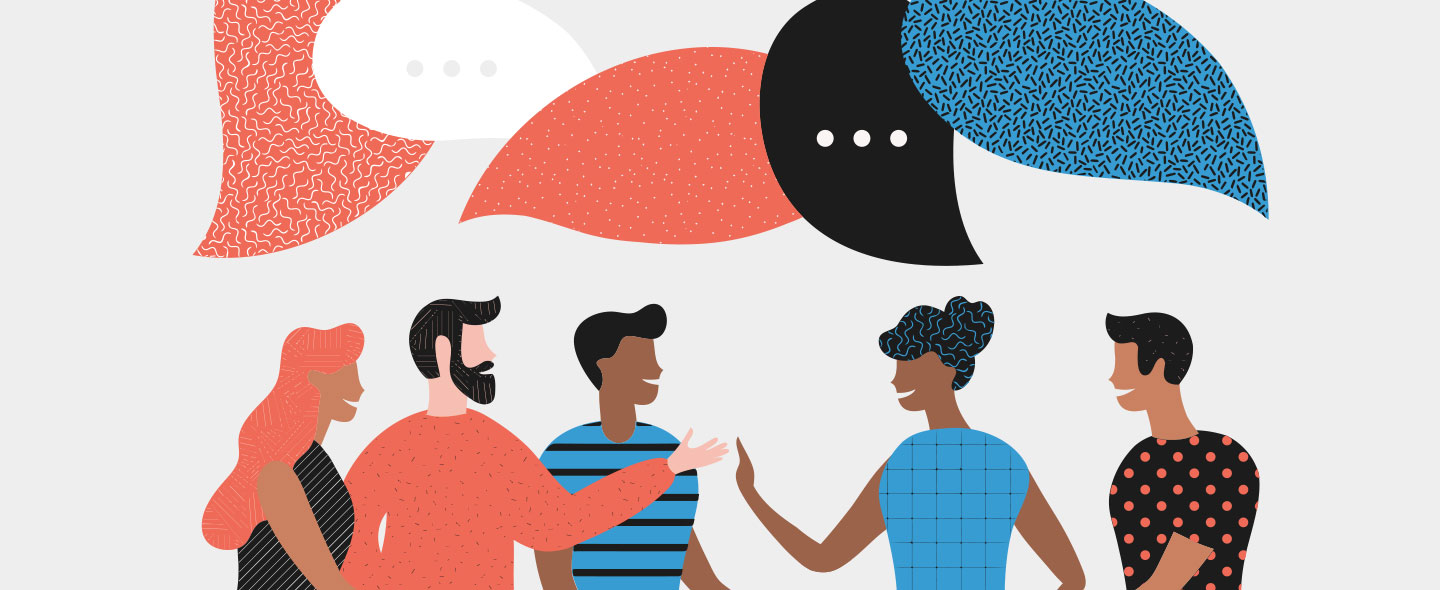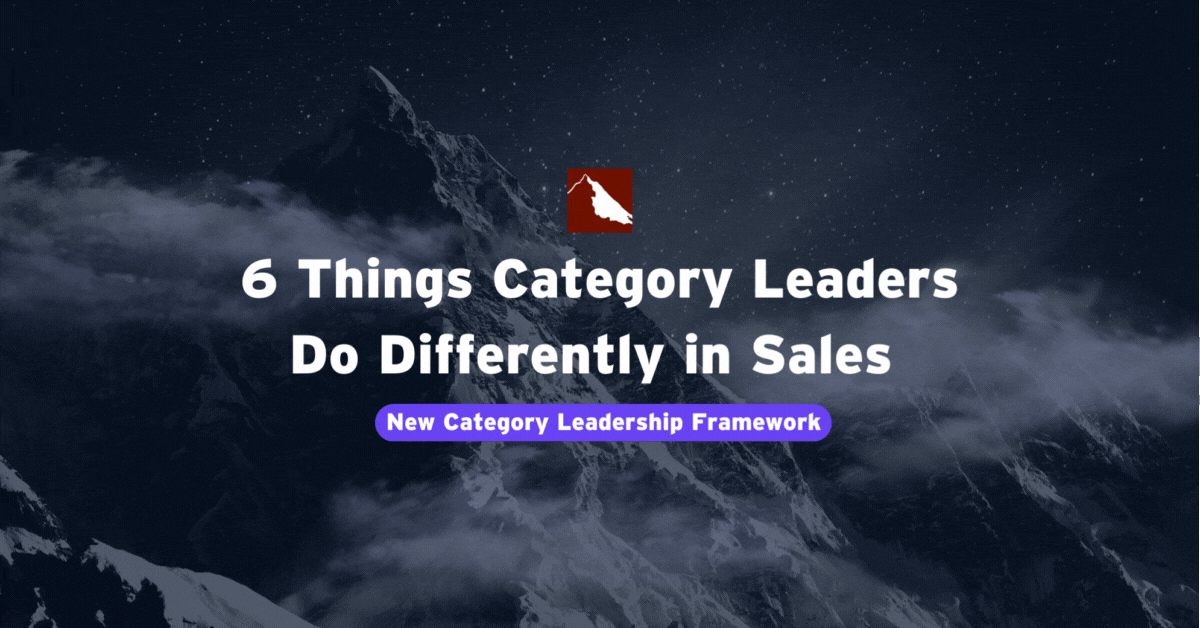This post was initially published by Granicus.
Glancing over recent headlines, you’d be forgiven for thinking that public meetings are broken. From school board meetings to planning and zoning hearings around land use, public meetings have become a “hotbed of opportunism” for special interest groups. Here, minority voices can crowd out the diversity of wider community viewpoints. Particularly where zoning and land use meetings seek to tackle the critical issues of affordable housing, which is often met with Not In My Back Yard or NIMBYism. Not only are these groups unrepresentative of the broader community, but outsized voices can also skew policy outcomes – an issue explored in the new eBook The Future of Public Meetings: How Public Meetings Can Sustain Public Participation in the Community.
The eBook explores the future of public meetings in the United States. From the scrutiny around the format of traditional meetings to their widespread, mandated application across all levels of government, public meetings have long held interest for researchers of public administration and government. Particularly in relation to their ability to facilitate public participation. Indeed, as the eBook shows, public participation has become somewhat of a checklist item for examining the relationship public meetings to democracy.
The outdated format of “two-minutes-at-the-microphone” and scheduling meetings at inopportune times with little to no notice can engender low meeting attendance. In addition, for some public officials, meetings have turned into “gripe sessions”, while for residents, they’ve become a “tick-the-box exercise” as decisions are already reached. As a by-product, residents’ voices are marginalized or not heard. These barriers, then, can obstruct participation in traditional, face-to-face public meetings.
Barriers to participation deepen inequalities
Yet, public meetings are one of the oldest forms of public participation in the country, as shown in the eBook’s outline of their history. (Some researchers have suggested that they can be traced back to 1630s New England town meetings.) But attendance at public meetings today, as urban scholar Richard Florida put it, “skews toward older, more affluent, and more invested groups.” Indeed, research coming out of Boston University in 2018 found that public meetings are attended by White, older, wealthy homeowners highly educated, long-time residents and already involved in government. Something that they show continued with the leap to Zoom and move to online meetings during the pandemic. Alarmingly, despite lowering barriers to attendance, they found public meetings held on Zoom to be no more representative of broader communities, particularly in the representation of all residents: “Black, Hispanic, and Asian residents remained essentially unheard.”
Without representing the diversity of the population and broader community issues, an incomplete portrait of the opinions of the wider electorate is presented. This leads to deepening divisions of existing inequalities – inequalities that have been exacerbated by the pandemic, most particularly in urban and built environments.
Digital pathways improve accessibility
But public meetings are not going away. Not only because they are widespread across all levels of government. But because they still provide an important venue and space for formalized presentations and for gathering community input. Despite being ‘broken’, the question of accessibility and representation holds a key to fixing them.
A pathway out of existing barriers to participation can be found in dedicated digital platforms. These platforms essentially ask: what if, instead of asking people to give up time, location, availability, in effect, asking more people to show up at meetings, instead meetings were made more accessible to fit in with daily community life? That is, what if they allow participation in the daily life of communities rather than asking residents to sacrifice their time? Exclusion of groups exists through the times of day meetings are set, making it hard to attend, or through forced absence from work with no day care options, and through unfavorable locations to people with disabilities or who rely on transit.
Livestreaming of meetings further provides the ability to for greater accessibility. The digital format overcomes participatory barriers like meeting times and availability constraints because of such issues as family obligations or health. For instance, juggling needs of work and family life, or in some cases, geographical distances, and other physical barriers such as disability. Hard to-reach populations — underrepresented and rural populations— can also be better able to access participation through the digitization of public meetings.
To learn more about the potential of digital public meetings to facilitate accessibility and increase participation download The Future of Public Meetings: How Public Meetings Can Sustain Public Participation in the Community. Freely available to download here.




